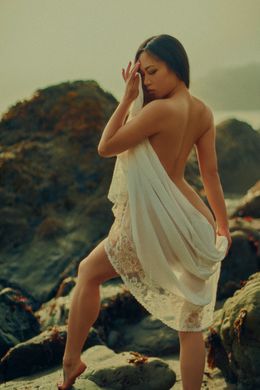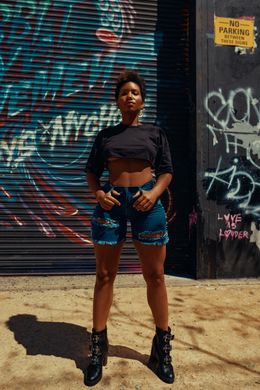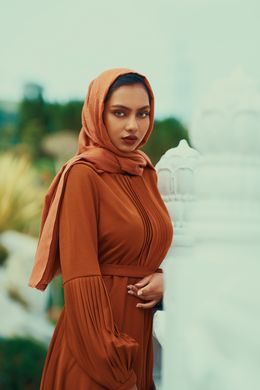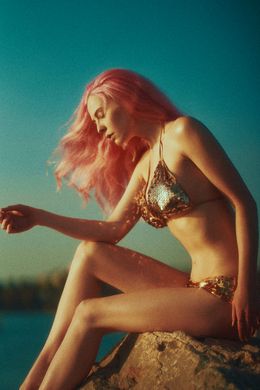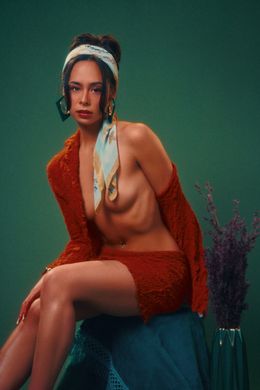$89
Magnum Opus — Photo/Video Bundle
A collection of looks inspired by my favorite characteristics of various film stocks and legacy processing techniques, including color negative and slide films from Kodak, Fuji and Agfa, motion picture negative stocks re-spooled for stills photography and classic Technicolor 2 and 3 strip color separation processes. Hybridized, modernized, refined and refined some more.
Vibrant. Vivid. Surreal. Emphasis on POP.
The Photo Edition includes versions for Capture One, Lightroom, Adobe Camera RAW and Photoshop, Affinity Photo, more.
The Video Edition includes LUTs for scene referred and display referred workflows, camera to output transform/look all-in-one LUTs, as well as monitor/camera loadable monitoring LUTs.
Photo and Video Editions are available separately or as a bundle.
__________
Features:
- 13 looks + look modifiers for fine tuning to taste
- Seamless look matching between photo and video assets when using both the photo and video editions (available as a bundle or separately)
- Subtractive saturation modeling, deep rich colors
- Gentle saturation compression in high saturation, edge of gamut areas
- Smooth, film like highlight rolloff and toe compression
- Mid grey preserved so your exposure doesn't go wonky as you audition and apply the looks
- Strong color harmony built into palettes and complementary split toning schemes
- Emphasis on pleasing skin tone treatment on all skin tones
- iPhone support for both Apple Raw photos and Apple Log footage
- Covers almost any software and workflow
- Built with quality external tools to overcome limitations of native tools and make smooth, clean manipulations with no artifacts or breakage
- Built to high end motion picture colorist standards and best practices
- Thoroughly tested and refined
- Photo Edition looks are applied as profiles post native tools so your sliders are left freed up for a clean and focused shot matching workflow
- Video Edition includes both grading and monitor version LUTs for context during production for more deliberate lighting, exposure and production design decisions
__________
Included in Photo Edition:
Capture One Styles
- Six camera manufacturer versions — Canon, Fujifilm, Leica, Nikon, Sony, iPhone (If your camera isn’t explicitly supported, you can use whichever version looks best)
- Non RAW versions for jpegs, tiffs, pngs, etc.
- Layer-based look modification styles for tweaking to taste
- Tone profile styles for dynamic range control
Lightroom & Adobe Camera Raw Presets
- All cameras and color spaces supported by LR/ACR — separate manufacturer versions not necessary
- Look modification presets with amount slider support for tweaking to taste
- Tone profile presets for dynamic range control
LUTs for Photoshop, Affinity Photo & Other LUT Compatible Software
- Versions for sRGB, Adobe RGB, ProPhoto RGB color spaces in x65 point precision
User Guide
Included in Video Edition:
Scene Referred LUTs
- Versions for common scene referred working spaces in x65 point precision — Davinci Wide Gamut/Intermediate, Arri LogC3 & LogC4, ACEScct 1.3
Display Referred LUTs
- Versions for Rec. 709 Gammas 2.4 & 2.2 in x65 point precision
Camera to Output transform/Look all-in-one LUTs
- Versions for most major camera manufacturer log color spaces in x65 point precision — Arri LogC3 & LogC4, Red Log3G10, Sony S-Log3, Canon C-Log3, Blackmagic Design Film Gen5, Panasonic V-Log, Z Cam Z-Log2, DJI D-Log & D-Log M, Fuji F-Log & F-Log2, Nikon N-Log, Apple Log (More color spaces supported with color space transforms into intermediate spaces)
Monitoring LUTs
- Monitor/camera loadable versions of all of the same manufacturer log color spaces in x33 point precision
User Guide
__________
The Nerdy Stuff:
The resulting Frankenfilms are grouped into color negative (C-41), color positive (E-6), motion picture negative (ECN-2), and Technicolor (TC) categories. The letter/number naming convention is related to the corresponding developing chemicals for each type of film. The color negative and color positive categories each contain classic (C), modern (M) and classic/modern hybrid (X) variations. The motion picture film category contains daylight balanced (D), Tungsten balanced (T) and daylight/tungsten hybrid (X) variations. The Technicolor process category contains 2-strip (TS), 3-strip (3S) and two/three strip hybrid (X) variations. There is also a master hybrid that amalgamates all of my favorite complementary characteristics into one sexy beast.
The emulations were built using third party and custom tools that utilize advanced color science to allow for more nuanced manipulations of the color gamut using the cleanest methods possible so there is no breaking or artifacting of the image. The built-in tools in raw conversion software and even the color grading tools in most nonlinear editors for video aren’t based on math that allows for broad stroke, clean look development and they also tend to perform their operations in a way that looks very digital and... meh. Lots of testing and revisions were done on an obscene amount of images/footage and a year and a half of real world use before release.
A challenge I also wanted this product to solve was to more easily maintain consistency in the look between photo and video assets from the same project. Different toolsets, working color spaces and gamma curves often make it difficult to make these mediums have a cohesive look when working on a project that has both photo and video. The Video Edition also includes monitoring LUTs (Lookup Tables) to be able to monitor through the look during capture, allowing for lighting and production design decisions to be made on set while viewing through the context of the look, providing another level of control and consistency during production.
